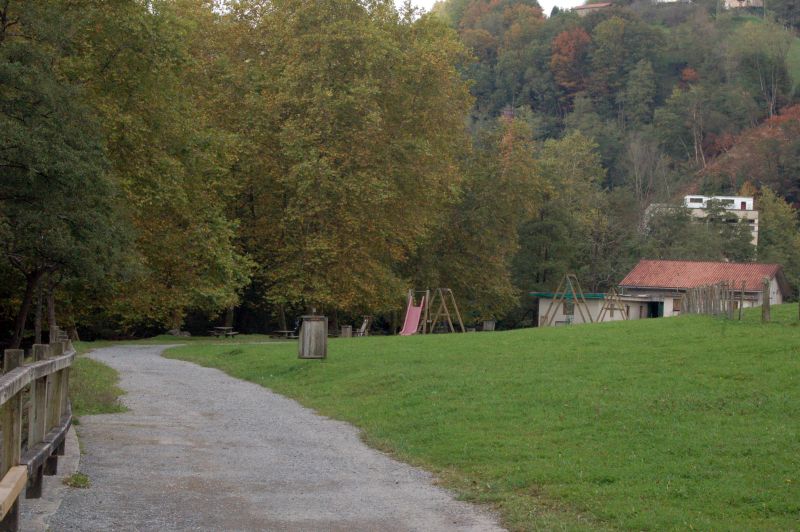
Puntos de Interés

Culture
The Royal Sanctuary of Nuestra Señora de las Nieves
The Royal Sanctuary of Nuestra Señora de las Nieves is a 16th century temple dedicated to La Virgen de Las Nieves, La Palma's patron. It is located in the municipality of Santa Cruz de La Palma, about 3 kilometres from the city, in an elevated, wooded area next to the slope of the ravine of the same name.
Its location is due to the discovery, by the conquistadors, of a cave near the sanctuary, which the Benahaoritas had already venerated, where the figure of the Virgin is said to have been found. The origin of the figure is not known for certain, although as it is a polychrome terracotta figure in the Romanesque-Gothic style, so it could have come from the 14th century workshops of Seville and been brought to the island by missionary monks.
The sanctuary itself is in architectural style of La Palma, so it is a small temple made up of a single nave with a collar-beam roof, to give a sensation of height. Built with wooden beams and a barrel vault, under which the altar is located, both the nave and the vault are separated by a semicircular arch dating back to 1740.
On the outside, the main doorway stands out, built in volcanic rock masonry and facing south. It stands out against the white walls of the rest of the building and the wooden balcony, which gives access to the choir and protrudes below the bell tower. The side façade, which leads to the church from the Plaza de las Nieves, is in a simple and elegant classicist style, with a broken pediment crowned by a coat of arms. On the same wall is a sundial, dating from the 1730s.
Inside, the dark colour of the basalt pillars and arches contrast strikingly with the white walls and the red and gold tones of the decorative elements.
The 17th century high altar, made of silver and located under the vault, stands out. The latter, dating from the 19th century, is decorated with figures of the Immaculate Conception. The roof beams are carved with geometric motifs, reminiscent of the Mudéjar style. The temple also houses several works of Flemish art including St. Michael the Archangel, Our Lady of the Angels and Calvary; and baroque ones such as: The Virgin of the Good Journey, Infant Jesus of the Baptistery, St. Anthony of Padua and St. Joseph.
You can also visit the sacristy, the museum of sacred art and the shrine of the Virgin, where textiles and jewellery of the Virgin are kept. All this makes up an ensemble that is considered one of the most impressive and complete in the country, to which the faithful and devotees have added extraordinary pieces since the 16th century.
With the first procession of the Virgin in 1680, it became a tradition to carry her figure down to Santa Cruz every time the Palmeros were affected by bad weather, volcanoes or disease. Today, the “Bajada de La Virgen” only take place every 5 years. During the festival, which lasts the whole month of July, the people of La Palma prepare and celebrate the transfer of the Virgin to the Church of Matriz del Salvador. At the same time, the city is filled with shows, music, traditional costumes and gastronomic events. The most popular are the parades of pandorgas (candle-lit lanterns), mascarones (giants and big heads) and the popular dance of the dwarves.


